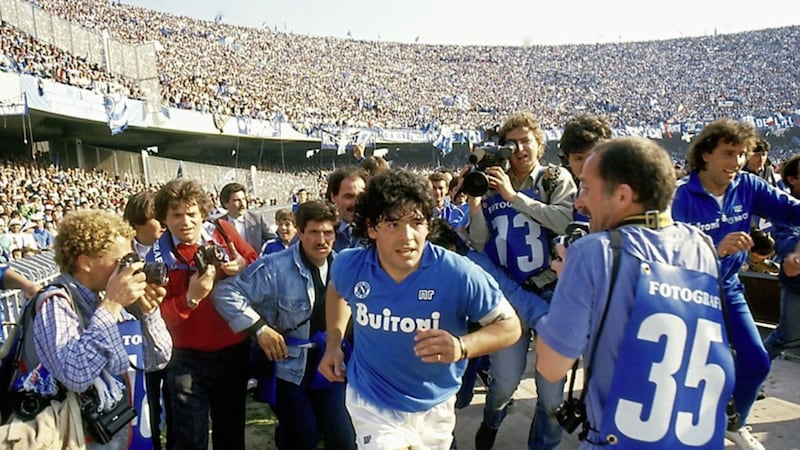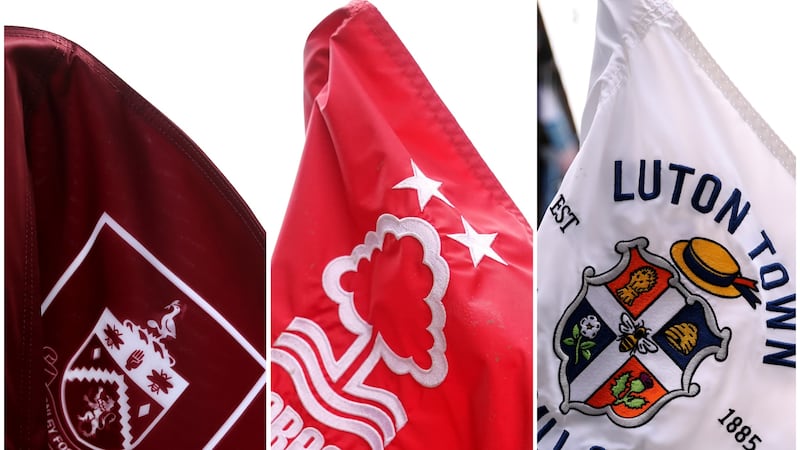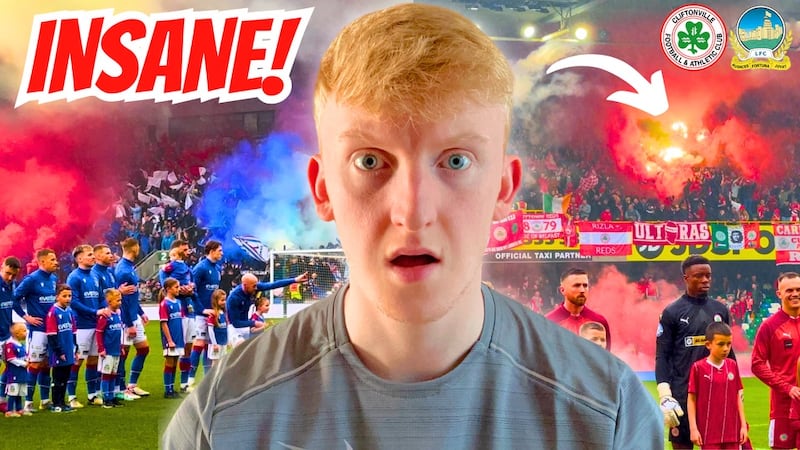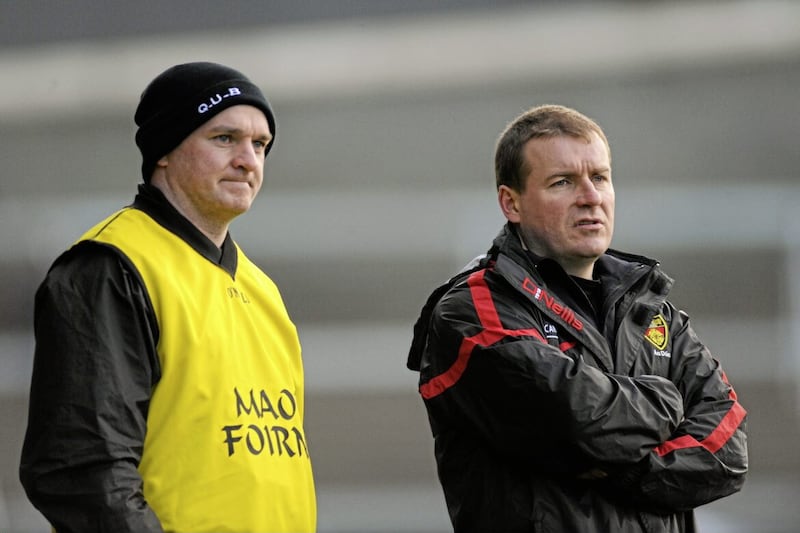“I’ve known him a long time, so my idea of him will absolutely not change. It will not tarnish the beautiful image I have of Diego.” Ciro Ferrara, former Napoli team-mate
ARGUABLY the greatest surprise about the new movie/documentary of Diego Maradona – screening in cinemas from today - is that the great man is still around to see it.
Given his drug addiction issues that marred an astonishing playing career and the overwhelming pressures of being a footballing icon, it’s a startling achievement to think Diego Maradona has reached the age of 58.
Trapped by fame, poisoned by cocaine, British film-maker film director Asif Kapadia does an admirable job of capturing the highs and (mostly) lows of Maradona’s tumultuous seven years in Italy.
Kapadia’s warts-and-all portrait of the Argentine is both critical and sympathetic, but ultimately sympathetic.
“My brother, from the age of 15, stopped having a life,” laments his sister Maria Maradona towards the end of the two-hour docu-film.
“He became someone else. He always took care of everything. It was a heavy weight to be famous. But he always wanted to solve his problems himself.”
It’s fitting the movie begins with the grainy footage of inside the car – assumed to be carrying Maradona - whizzing through the manic traffic of the southern Italian city of Naples to reach the San Paolo Stadium where the club’s prize asset is to be unveiled to the media for the first time, on July 5 1984.
The film’s opening reeks chaos – a skilful metaphor of Kapadia's to illustrate what Maradona's life would turn out to be in Italy.
From the crazy car journey, to the unruly press conference, to the fanatical Napoli fans shouting ‘Diego! Diego! Diego!’ on the roof of the building, the film sets you on a roller-coaster without a seat belt.
It sweeps into the city's criminal underworld where Maradona became the Camorra's plaything.
Amid the flashing cameras, quote-hungry journalists and fervent Neapolitans (there are dozens of these scenes throughout where an under-siege Maradona is eventually squeezed into the sanctity of a waiting car), the first question put to Maradona at his unveiling deep in the bowels of the concrete stadium comes from a ballsy journalist who immediately incurs the wrath of club president Corrado Ferlaino.
“I would like to know if Maradona knows what the Camorra (the Naples mafia) is and if he knows that the Camorra’s money is everywhere here, even in football?”
With utter dismay and impressive statesmanship, Ferlaino dismisses the insinuation and orders the immediate eviction of the offending journalist.
After ending an injury-ravaged couple of seasons in Barcelona, Maradona explains that he chose Naples in the hope of finding peace.
How misplaced that hope was.
Respected Italian football historian John Foot explains that Maradona’s arrival at Napoli was a “very strange choice”.
“It was not a successful team,” Foot says, “and not a team that was looking like being successful.”
There is brief footage of Maradona’s Serie A debut for Napoli against Verona where he tangles with West Germany international Hans Peter Briegel – a player he would encounter again in the 1986 World Cup final in Mexico.
In Maradona’s first two seasons, Napoli finished 8th and 5th, respectively before he inspired the club to two historic Scudettos in 1986-87 and 1989-90, the first of which he ranks higher than winning the World Cup with Argentina a year earlier.
Here was the poorest city in Italy knocking the bluebloods of the north off their lofty perch.
Juventus and Milan supporters goaded the Napoli fans and their team as “peasants”, “the unwashed” and the “sewers of Italy”.
Born on the dusty streets of Villa Fiorito, a downtrodden province of Argentina’s capital Buenos Aires, Maradona fed off the siege mentality of Naples – and the natives loved him for it and treated him as their God, their Messiah.
But, all the while, Maradona’s cocaine addiction was becoming more pronounced – a drug he first experimented with during his Barcelona days – and he was regularly being photographed with members of the Giuliano crime family, who were known to supply him with prostitutes and drugs via the use of wire taps.
Maradona’s league-winning feats with Napoli will never be equalled. He transformed a ‘journeyman’ club into league winners.
In Daniel Arcucci’s book: ‘How We Won the Mexico ’86 World Cup’, Maradona commented: “Do you have any idea the player I would have been if it weren’t for the drugs? I would have been that player you saw in Mexico for years on end.”
It got to the point where Maradona would be high on drugs for several days after a league game on a Sunday, only to be weaned off them around Wednesday to prepare for Napoli’s next game.
Italian football’s drug testing procedures were easily negotiated too.
If Maradona happened to be called to supply a urine sample after a game, someone else’s would be submitted instead to protect him.
Outside of Naples, Maradona was loathed for having the temerity to displace the northern elites.
But the beginning of the end for him, brilliantly told by Kapadia, was during and after the 1990 World Cup in Italy.
Argentina and Italy clashed in the semi-finals and Maradona made quite a crude plea to the people of Naples to support Argentina in the game that was being played at the San Paolo Stadium, the home of Napoli.
The fact that Argentina won the game on penalties shortened Maradona’s stay in Italy.
“That was the time that everything started to go wrong,” says Foot. “Italy turned on him. The protection he had collapses. He is no longer protected against the press, the judicial authorities or the tax authorities. The back lash is nasty.”
One of the parables of Kapadia’s film is the corruptive power of fame and fortune.
It shines a light, a generally forgiving light, on the vulnerability of Diego Maradona and creates the sense that few people would have coped with the kind of attention he had to cope with.
One weakness of the film, however, is that it doesn’t do justice to the on-field genius of Maradona – it assumes the viewer knows this – and there are perhaps too many flashbulb and surging journalists footage moments on the great man than was probably necessary.
Another is that more insight from his Napoli team-mates could have had a strengthening effect on the film.
But these are quibbles. Kapadia is peerless in his field.
All Maradona fans – and indeed the more casual observer – will thoroughly enjoy Kapadia's approach and this lament of one of the greatest sportsmen that ever lived.
Thanks to Docs Ireland and Altitude Film Sales








